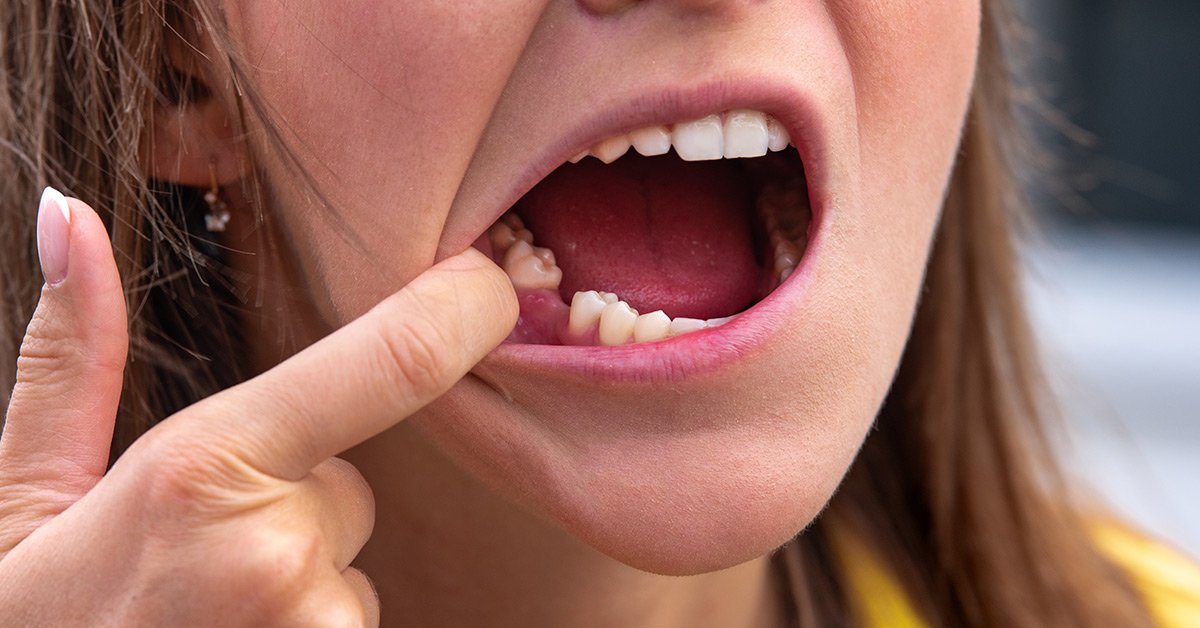Innovations Transforming Dental Restoration Materials
Dental restoration has entered a new era, driven by remarkable developments in the materials used for fillings, crowns, and implants. These innovations are not only setting new benchmarks for durability but are also enhancing aesthetic outcomes and patient comfort. Let’s delve into the cutting-edge materials that are reshaping smiles across dental practices.
Anúncios
Bioactive Materials for Dental Restoration: A Leap Forward
One of the standout advancements in dental restoration materials is the rise of bioactive products. These materials are designed to interact positively with biological tissues, promoting repair and preventing further decay. For instance, bioactive glass in composite fillings releases ions that help in remineralising tooth structure, actively combating decay around the restoration.
Anúncios
The Aesthetics of Composite Resins
Composite resins have come a long way in mimicking the natural appearance of teeth. Thanks to nanotechnology, these resins now contain smaller, more refined particles that offer a superior finish and blend seamlessly with the natural tooth. Not only do they look great, but they also boast improved strength and longevity, making them a popular choice for both dentists and patients.
Dental Restoration: Durability Meets Design in Ceramics
When it comes to crowns and veneers, ceramics are taking the lead with their unmatched durability and aesthetic appeal. Recent developments in ceramic materials, such as lithium disilicate and zirconia, provide options that are both incredibly strong and translucent, resembling natural tooth enamel. These materials are especially suitable for front teeth restorations, where the appearance is crucial.
Anúncios
Advances in Dental Implants
The field of dental implants has seen significant innovations, particularly in the materials used for these permanent solutions. Titanium remains a popular choice due to its strength and biocompatibility. However, new alloys and surface treatments have been developed to accelerate the osseointegration process, where the bone integrates with the implant, reducing healing time and enhancing the stability of the implant.
Sustainable Practices in Material Production
Sustainability is becoming a priority in the production of dental restoration materials. Manufacturers are increasingly adopting practices that reduce environmental impact, such as using recycled materials and minimising waste in production processes. This shift not only helps dental practices reduce their carbon footprint but also appeals to environmentally conscious patients.
Dental Restoration: Embracing Digital Dentistry
Alongside improvements in materials, the integration of digital technologies in dental practices is playing a pivotal role in advancing dental restorations. Digital scanners, for instance, are replacing traditional moulds with precise digital images, streamlining the creation of custom-fit restorative devices like crowns and veneers. This digital approach not only speeds up the process but also increases the accuracy, ensuring that restorations fit perfectly and look natural.
Enhancing Patient Comfort
With the introduction of new and improved materials, patient comfort has significantly increased. Modern dental ceramics and composite resins are not only aesthetically pleasing but also require less tooth preparation than traditional materials. This minimally invasive approach preserves more of the natural tooth structure, leading to better long-term dental health and less discomfort during and after procedures.
The Impact on Long-Term Dental Health
The advancements in dental restoration materials are also making a lasting impact on overall dental health. Materials that are more compatible with the human body and encourage natural tissue regeneration are helping to extend the life of dental restorations and improve oral health outcomes. These materials help prevent the recurrence of decay under or around the restorations, a common problem with older materials.
Keeping Up with Continuous Innovation
For dental professionals, keeping abreast of these rapid advancements is crucial. Continuous professional development and training in the latest materials and techniques are essential for providing the best care. Similarly, patients are encouraged to seek out dental practitioners who are committed to using state-of-the-art materials and technologies, ensuring they receive the most advanced care available.
Dental Restoration: Tailored Solutions Through Genetics
Emerging research into genetic markers and their impact on oral health could soon lead to even more customized dental restoration materials. By understanding an individual’s genetic predisposition to certain dental conditions, materials can be engineered to counteract these specific issues, potentially revolutionizing preventive care and restoration longevity.
The developments in dental restoration materials are revolutionising the way we approach dental care. With a focus on sustainability, aesthetics, and patient health, these materials are setting new standards in the industry. As technology continues to evolve, we can expect even more impressive materials to emerge, making dental restorations better, safer, and more accessible for everyone. These innovations promise a brighter future for dental care, where effective results and patient satisfaction go hand in hand.




